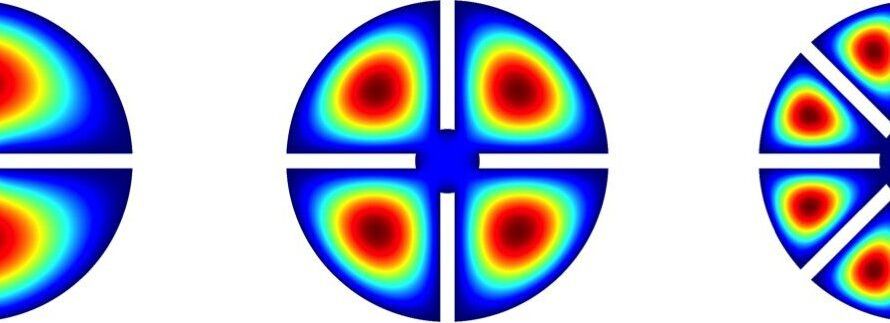Over the past few decades, many experimental physicists have been probing the existence of particles called axions, which would result from a specific mechanism that they think could explain the contradiction between theories and experiments describing a fundamental symmetry. This symmetry is associated with a matter-antimatter imbalance in the Universe, reflected in interactions between different particles.
If this mechanism took place in the early Universe, such a particle might have a very small mass and be ‘invisible. Subsequently, researchers proposed that the axion might also be a promising candidate for dark matter, an elusive, hypothetical type of matter that does not emit, reflect or absorb light.
While dark matter has not yet been experimentally observed, it is believed to make up 85% of universe’s mass. Detecting axions could have important implications for ongoing dark matter experiments, as it could enhance the present understanding of these elusive particles.
